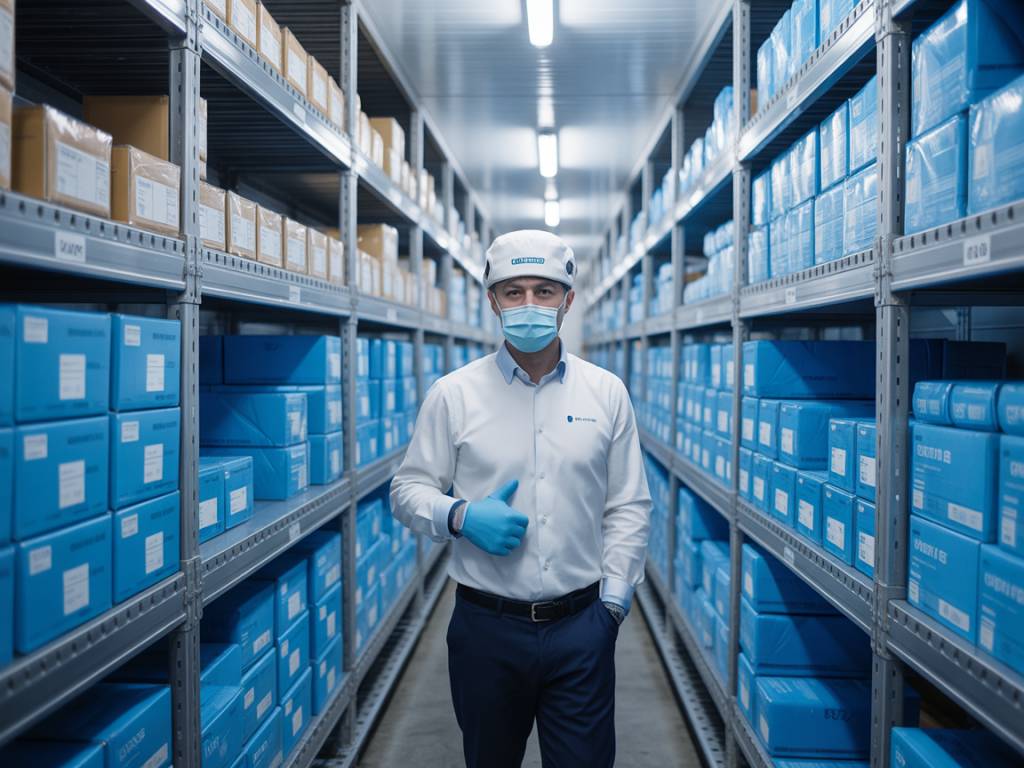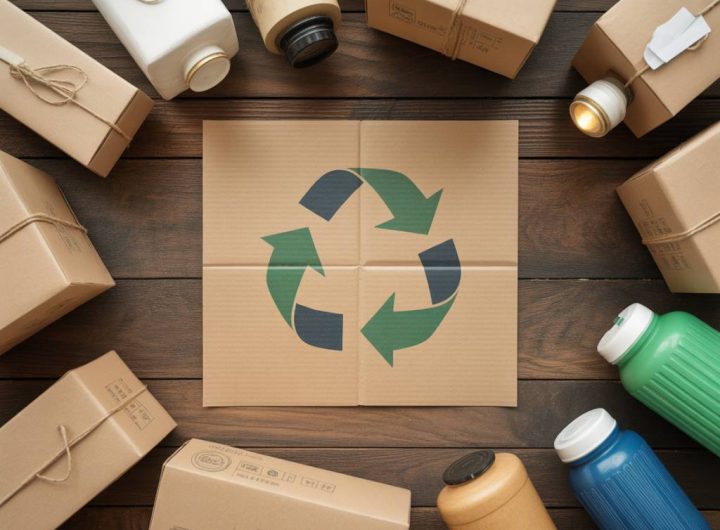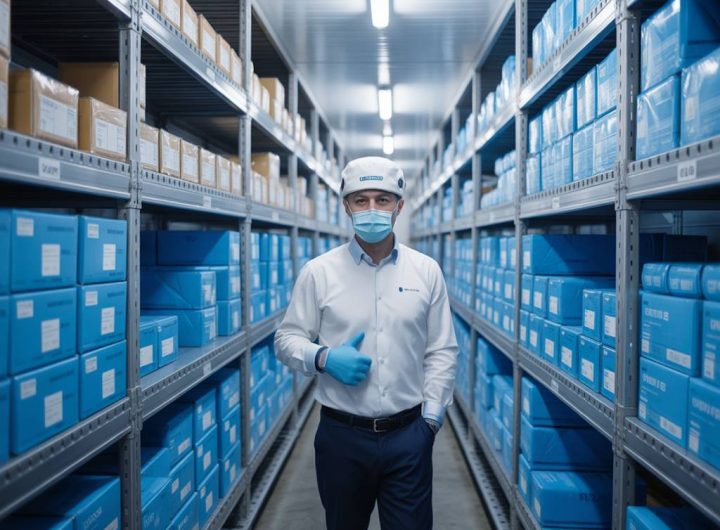
Optimizing Cold Chain Logistics with Smart Packaging Solutions
The Role of Cold Chain Logistics in Modern Supply Chains
Cold chain logistics plays a critical role in preserving the integrity, safety, and quality of temperature-sensitive products throughout the supply chain. From pharmaceuticals and biologics to fresh produce and frozen foods, maintaining appropriate temperatures during transportation and storage is essential. However, traditional cold chain logistics often suffer from numerous challenges including temperature fluctuations, lack of real-time tracking, and inefficiencies that contribute to product spoilage and costly returns.
As global supply chains become increasingly complex and customer expectations rise, businesses are turning to smart packaging solutions to enhance the reliability and transparency of their cold chain operations. By integrating advanced technologies such as IoT sensors, RFID tags, and data analytics into their packaging systems, companies can significantly optimize their cold chain logistics performance.
What Are Smart Packaging Solutions?
Smart packaging refers to packaging systems that actively monitor, communicate, and sometimes respond to environmental conditions such as temperature, humidity, shock, or light exposure. These technologies are particularly valuable in cold chain logistics, where maintaining product stability is crucial.
There are two main types of smart packaging technologies:
- Active packaging: Includes components that interact with the product to extend shelf life or maintain a stable environment, such as oxygen scavengers or moisture regulators.
- Intelligent packaging: Incorporates sensors and indicators that provide real-time information about the condition of the goods, often transmitted wirelessly to the supply chain managers or end customers.
In the context of cold chain logistics, intelligent packaging solutions are especially significant because they enable constant temperature monitoring and alert stakeholders in case of deviations that could compromise product quality.
Key Technologies Enhancing Cold Chain Efficiency
Smart packaging solutions integrate several technologies that collectively provide end-to-end visibility and control over the cold chain. The most commonly used tools include:
- IoT-enabled temperature sensors: These small, embedded devices record temperature data throughout the journey and can send notifications in real time via Wi-Fi, Bluetooth, or cellular networks.
- RFID (Radio Frequency Identification): RFID tags allow automatic identification and tracking of products as they move through the supply chain. When combined with temperature sensors, they offer a comprehensive view of product conditions.
- GPS tracking: Geo-location technologies ensure precise monitoring of shipments, which is crucial during critical phases of transportation such as last-mile delivery.
- Data analytics platforms: Cloud-based systems aggregate and analyze sensor data, making it easier for logistics managers to identify patterns, predict potential failures, and make informed decisions to mitigate risks.
These advanced technologies ensure that cold chain shipments are not only monitored but also optimized for better performance, reduced waste, and enhanced transparency.
Applications in Key Sectors
Smart packaging is transforming cold chain logistics across multiple industries, with significant benefits in each:
- Pharmaceuticals: Vaccines, insulin, biologics, and other temperature-sensitive drugs demand tight temperature control from production to administration. Smart packaging helps prevent excursions and ensures regulatory compliance with GDP (Good Distribution Practice) standards.
- Food and Beverage: Fresh produce, dairy products, seafood, and frozen meals require a consistent cold chain to maintain quality and prevent spoilage. Smart thermostatic packaging can significantly reduce food waste and improve retailers’ stock planning.
- Chemicals: Certain industrial chemicals can become dangerous if stored outside their recommended temperature range. Smart logistics solutions enhance safety by providing early warnings of temperature anomalies.
In each of these sectors, the adoption of intelligent packaging technologies can translate into improved quality assurance, enhanced customer satisfaction, and reduced costs associated with spoilage and recalls.
Benefits of Smart Packaging in Cold Chain Logistics
The integration of smart packaging solutions in temperature-controlled supply chains offers a range of operational and strategic advantages:
- Real-time visibility: Stakeholders can track the status and condition of shipments instantaneously, reducing uncertainty and allowing for proactive intervention.
- Risk mitigation: By identifying anomalies early, companies can quickly address issues before they result in product loss or safety risks.
- Regulatory compliance: Automated data collection and reporting assist businesses in meeting stringent industry regulations and quality standards.
- Sustainability gains: Better inventory management and reduced waste contribute to lower environmental impacts and support corporate sustainability goals.
- Customer trust: Transparency throughout the supply chain strengthens brand loyalty and enhances customer satisfaction.
Overall, the use of smart packaging in cold chain logistics can transform an often fragile operation into a robust, data-driven process capable of meeting the demands of today’s global economy.
Challenges to Adoption and Implementation
While the benefits are clear, the widespread adoption of smart packaging technologies is not without challenges. Companies must navigate issues such as:
- Cost of technology: Initial investment in IoT sensors, connectivity tools, and software platforms can be high, particularly for small to mid-sized businesses.
- Infrastructure requirements: Implementing digital tracking systems often requires upgrades to existing logistics and warehousing infrastructure.
- Data management: Processing and analyzing large volumes of real-time data demands robust IT systems and skilled personnel.
- Integration with existing ERP and TMS platforms: Seamless data exchange between monitoring devices and supply chain management tools is critical for maximizing value.
Addressing these barriers will be essential in ensuring that smart packaging becomes a standard feature of cold chain logistics rather than an exception.
Future Outlook: The Evolution of Cold Chain Logistics
The future of cold chain logistics lies in continued innovation and the convergence of packaging with digital technology. Developments on the horizon include:
- Blockchain integration: To enhance traceability and trust across highly regulated supply chains, blockchain can complement sensor technologies by offering immutable records of each shipment’s environmental history.
- AI and predictive analytics: Machine learning algorithms will be used to anticipate disruptions, suggest optimizations, and support decision-making in real time.
- Biodegradable smart materials: With sustainability in focus, the industry is exploring biodegradable sensors and compostable smart packaging to reduce environmental footprint.
- 5G connectivity: Faster data speeds and more reliable connections will enhance real-time monitoring capabilities, especially in remote or mobile settings.
As these innovations mature, cold chain logistics will become more agile, sustainable, and resilient, meeting both regulatory requirements and market expectations more effectively than ever before.

 Leveraging Digital Twin Technology to Optimize End-to-End Supply Chain Visibility
Leveraging Digital Twin Technology to Optimize End-to-End Supply Chain Visibility  The future of logistics: integrating AI with warehouse execution systems
The future of logistics: integrating AI with warehouse execution systems  Collaborative robots (cobots): enhancing human capabilities in logistics
Collaborative robots (cobots): enhancing human capabilities in logistics  Automation in distribution centers: the role of robotics in streamlining operations
Automation in distribution centers: the role of robotics in streamlining operations  How AI-powered robots are optimizing inventory management
How AI-powered robots are optimizing inventory management  Warehouse robots: reducing downtime and boosting productivity
Warehouse robots: reducing downtime and boosting productivity  L’essor du packaging intelligent connecté à l’IoT : comment transformer vos emballages en sources de données pour la chaîne logistique
L’essor du packaging intelligent connecté à l’IoT : comment transformer vos emballages en sources de données pour la chaîne logistique  Enhancing Packaging Sustainability Through Circular Economy Practices
Enhancing Packaging Sustainability Through Circular Economy Practices  Optimizing Cold Chain Logistics with Smart Packaging Solutions
Optimizing Cold Chain Logistics with Smart Packaging Solutions